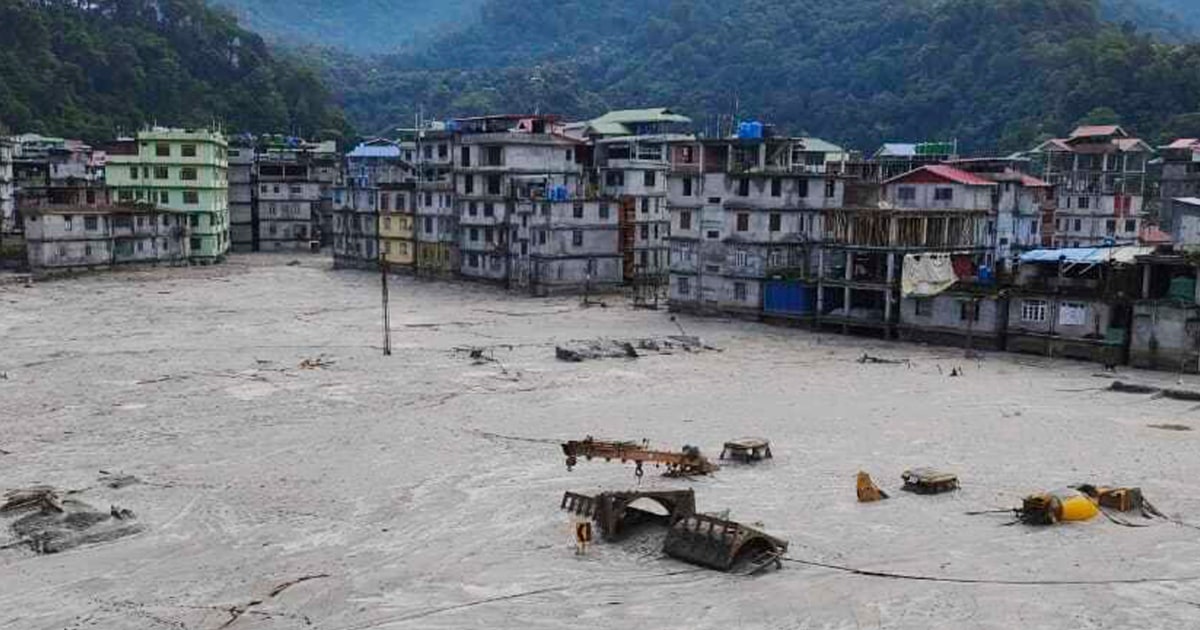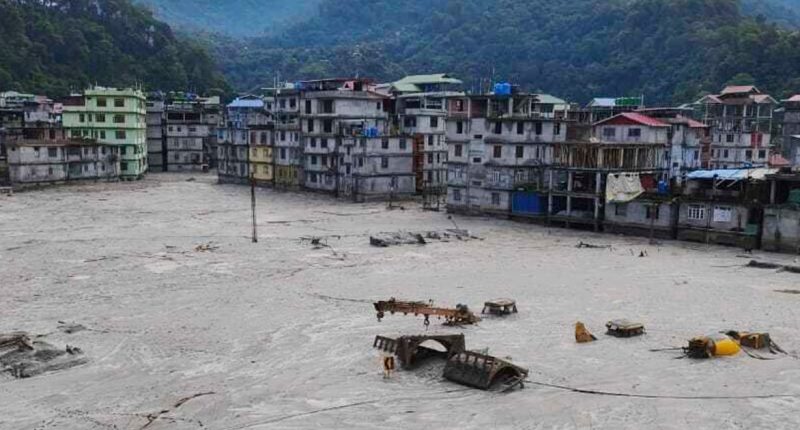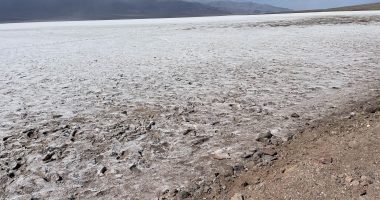
Disasters caused by landslides and floods are common in India’s Himalayan region during the June-September monsoon season. Scientists say they are becoming more frequent as global warming contributes to the melting of glaciers there.
Despite the risks, the Indian government has approved hundreds of new hydroelectric dams to be built across the Himalayan region. To meet ambitious clean energy goals, it aims to increase India’s hydroelectric dam output by half, to 70,000 megawatts, by 2030.
But the growing frequency and intensity of extreme weather, driven in part by climate change, puts many of these dams and the people living downstream from them at risk. A 2016 study found that over a fifth of the 177 dams built close Himalayan glaciers could fail if glacial lakes burst, including the dam in Sikkim.
In 2021, the Indian federal government passed a dam safety law that requires operators and local governments to plan for emergencies, but the Teesta-3 dam is not listed as being monitored for safety by India’s chief dam regulator, the Central Water Commission.
Last month, dam breaches caused by Storm Daniel caused devastating damage to the city of Derna in Libya.
More than 2,000 people were rescued after Wednesday’s floods, the Sikkim State Disaster Management Authority said in a statement, adding that state authorities set up 26 relief camps for more than 22,000 people impacted by the floods.
Rescue work continues after flash floods triggered by a sudden heavy rainfall swamped the Rangpo town in Sikkim, India, Thursday, Oct.5. 2023. The flooding took place along the Teesta River in the Lachen Valley of the north-eastern state, and was worsened when parts of a dam were washed away. (AP Photo/Prakash Adhikari)
This photo provided by the Indian Army shows army vehicles that got washed away in flash floods triggered by a sudden heavy rainfall in Sikkim, India, Thursday, Oct.5. 2023. (Indian Army via AP)
One soldier was previously reported missing was rescued, and the bodies of seven have been found, state police said.
Eleven bridges in the Lachan Valley were washed away by the floodwaters, which also hit pipelines and damaged or destroyed more than 270 houses in four districts, officials said.
The army said it was providing medical aid and phone connectivity to civilians in the areas of Chungthang, Lachung and Lachen, and local media reported that said the army was erecting temporary bridges to bring food to affected areas.
Source: | This article originally belongs to Nbcnews.com










